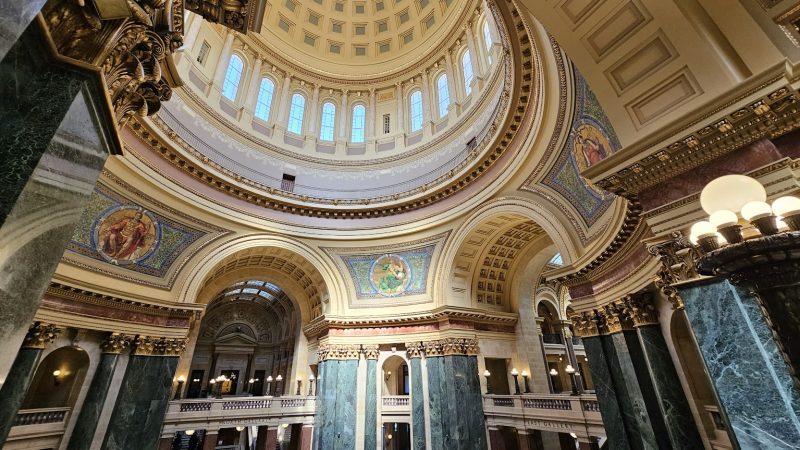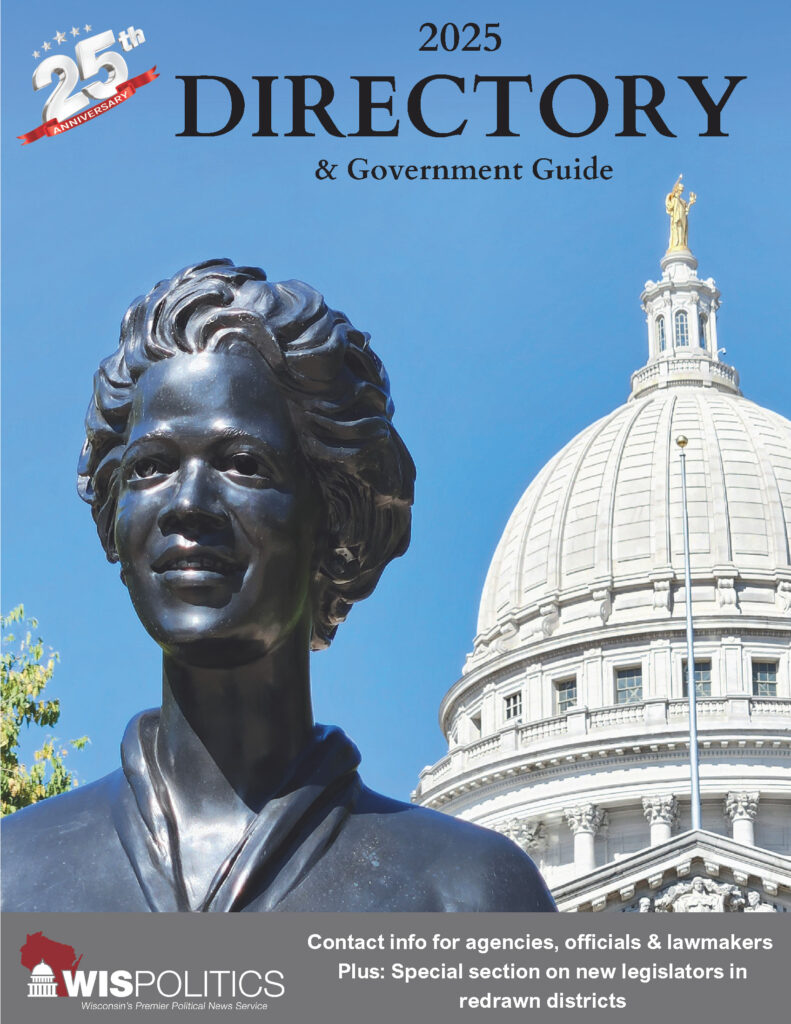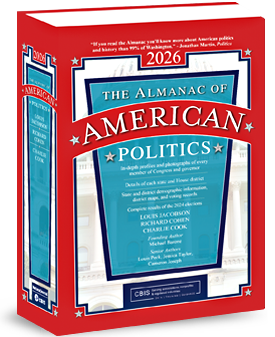Dem Gov. Tony Evers and legislative leaders announced they have reached an agreement to pump an additional $1.2 billion into K-12 education, child care and the UW System. The deal also includes a $1.5 billion tax cut package, adding two of the guv’s priorities to what the GOP-controlled Joint Finance Committee had already approved. Evers hailed the deal as a “pro-kid budget that’s a win for Wiscon...
Please log in to access subscriber content.
If you don't have a subscription, please contact schmies@wispolitics.com for subscription options on the WisPolitics-State Affairs platform, which is the new home for WisPolitics subscriber products.



